S-I: Disubstituted acetylene on partial hydrogenation may give trans isomer.
S-II: Lindlar's catalyst is used for partial hydrognation.
S-I&II are correct, S-II is correct explanaion of S-I
S-I&II are correct, S-II is not correct explanation of S-I
S-I is true, but S-II is false
S-I is false, but S-II is true.
The correct Answer is:B
Step by step video, text & image solution for S-I: Disubstituted acetylene on partial hydrogenation may give trans isomer. S-II: Lindlar's catalyst is used for partial hydrognation. by Chemistry experts to help you in doubts & scoring excellent marks in Class 11 exams.
Updated on:21/07/2023Topper's Solved these Questions
- ALKYNESBOOK - NARAYNACHAPTER - ALKYNESEXERCISE - Level-1 (H.W)
13 Videos
- ALKYNESBOOK - NARAYNACHAPTER - ALKYNESEXERCISE - Level-2 (H.W)
8 Videos
- ALKYNESBOOK - NARAYNACHAPTER - ALKYNESEXERCISE - Level-3
27 Videos
- ALKENESBOOK - NARAYNACHAPTER - ALKENESEXERCISE - Additional Straight O Q
8 Videos
- ATOMIC STRUCTUREBOOK - NARAYNACHAPTER - ATOMIC STRUCTUREEXERCISE - All Questions
685 Videos
Similar Questions
Give the products with their stereoisomers, if any.
a.
b. cis −2,− Dibromobut−2−ene
cis −2,− Dibromobut−2−ene
c. trans−2,3− Dibromobut−2−ene
trans−2,3− Dibromobut−2−ene
d.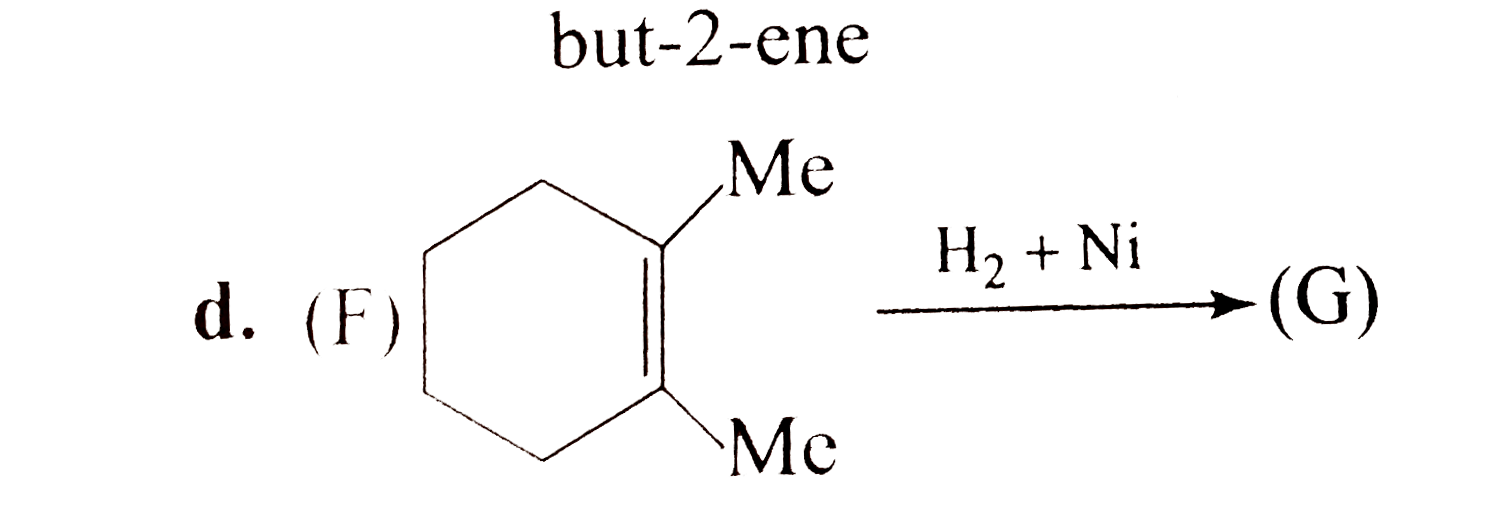
e. (H)trans-2,3-Dibromo-pent-2-eneH2+PtO2−−−−−→(I)
f.(J)cis-2,3-Dibromo-pent-2-eneH2+Pt+C−−−−−−→(K)
g. cis - But -2-ene D2+Pt−−−−→
h. trans− But −2− ene D2+Pd−−−−→
i. Why is the stereochemical product same when cis − or tans − pent −2− ene is hydrogenated with D2, in the presence of platinum ?
j.Classify the two reactions :(i) hydrogenenation of alkene with transition metala (Pt or Pd or Ni) and (ii) hydrogenation with Wilkinson's catalyst in terms of catalyst used and their mechanism of hydrogenation with Wilkinson's catalyst.
View SolutionThe reduction of 3-hexyne with H2/Lindlar’s catalyst gives predominantly -
View Solution
Knowledge Check
Hydrogenation of alkenes and alkynes takes place in presence of certain catalysts. In Sabatier Senderen's reaction, the addition of hydrogen takes place I presence of Raney nickel catalyst. Platininm and palladium can also be used as catalyst and used in finley divided state. Experimentally, it is observed that less crowded alkenes adsorb H2 with faster rate. Controlled hydrogenation of alkyne H2 with faster rate. Controlled hydrogenationof alkyne in presence of Lindlar's catalyst yields cis product i.e., 'cis' alkene. Thus, in presence of Lindlar's catalyst 'syn' addition takes place. The relative rate of hydrogenation follows the order:

Non-terminal alkynes are reduced in presence of Na or Li metal dissolved in liquid ammonia. In this reaction, anti-addition of hydrogen results into the trans-product.
The product of the following reaction is:
 A
A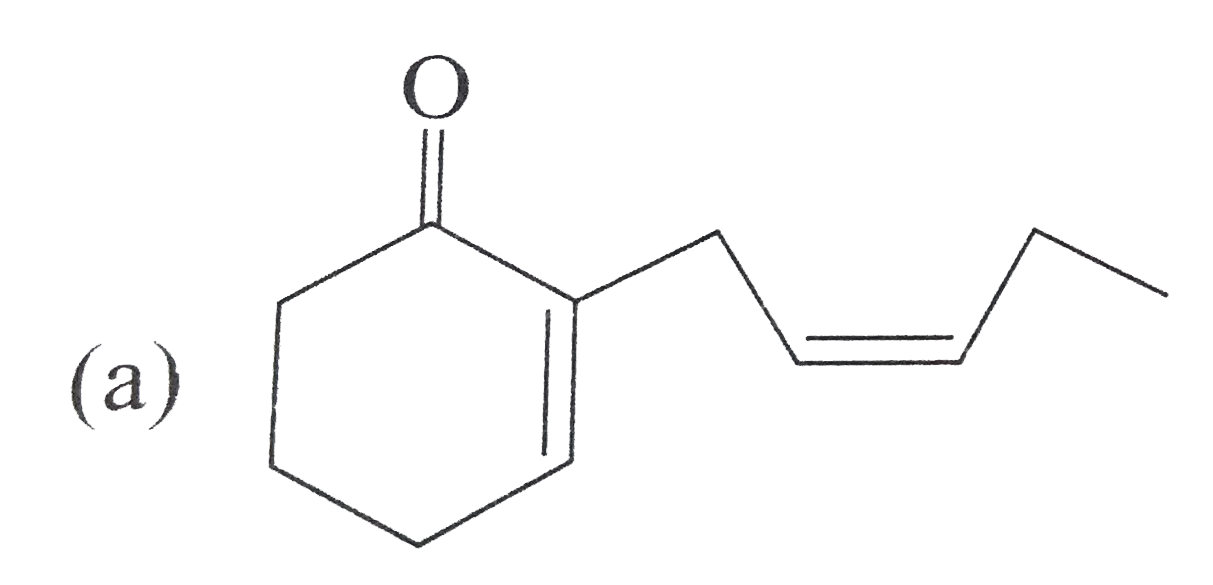 B
B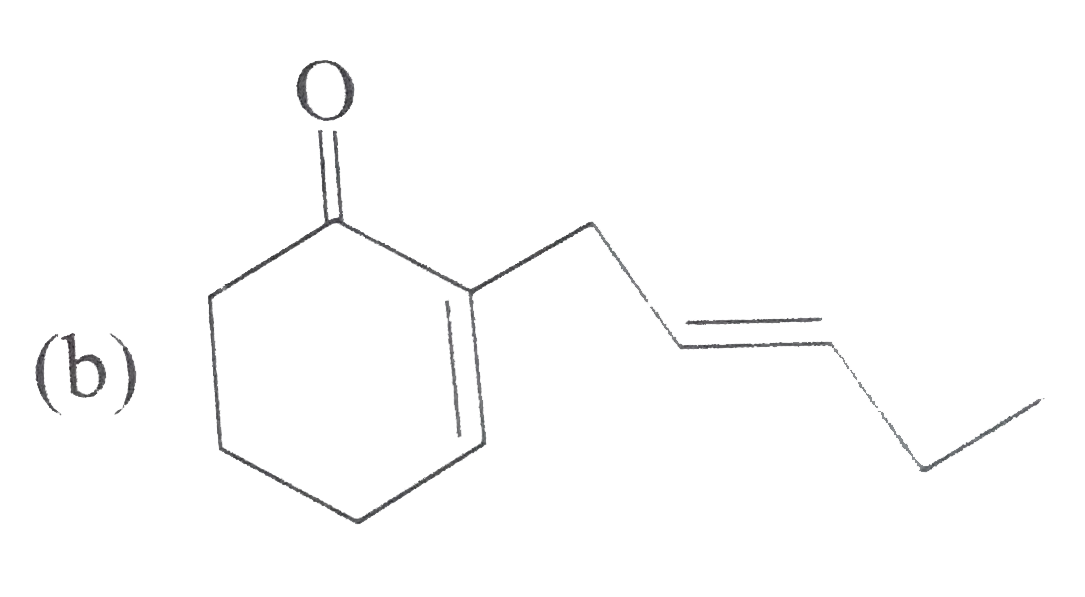 C
C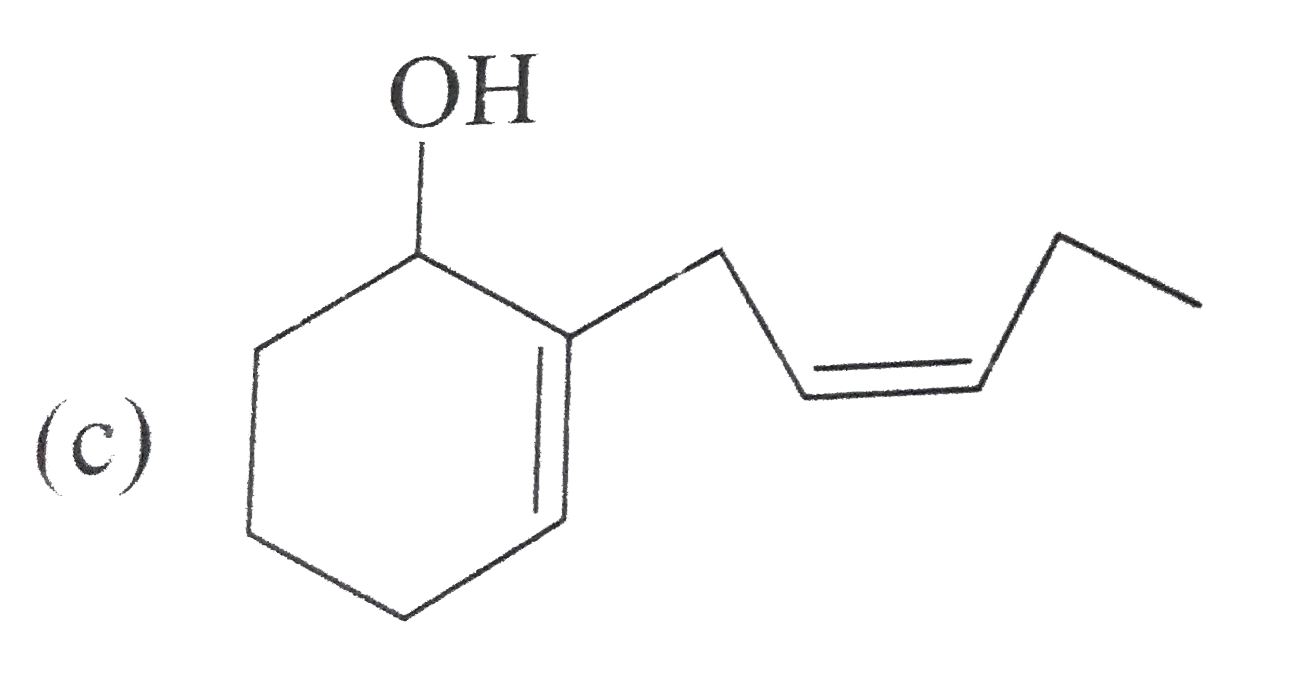 D
D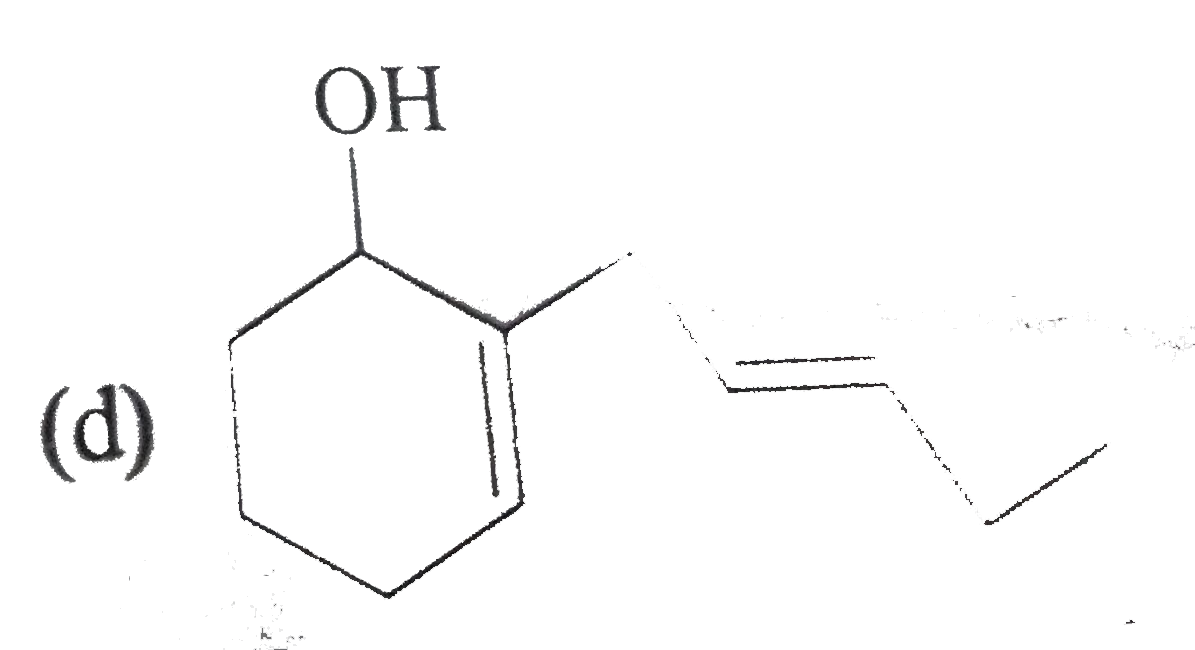
Hydrogenation of alkenes and alkynes takes place in presence of certain catalysts. In sabatier-Senderen's reaction, the addition of hydrongen taken place in presence of nickel catalyst. Controlled hydrogenation of alkyne in presence of Lindlar's catalyst gives cis-alkene. Non terminal alkynes are reduced by Na or Li metal dissolved in liquid NH3. In this reaction trans alkenes are formed.
Q. In which of the following the reaction is most exothermicA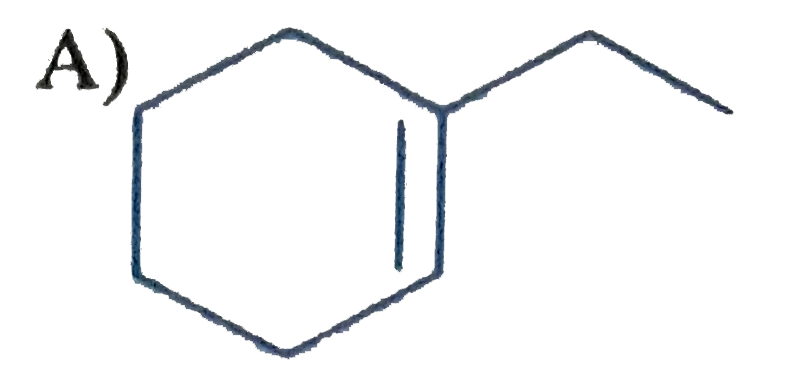 B
B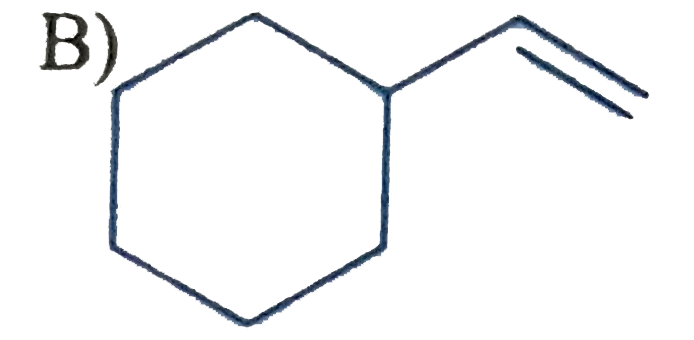 C
C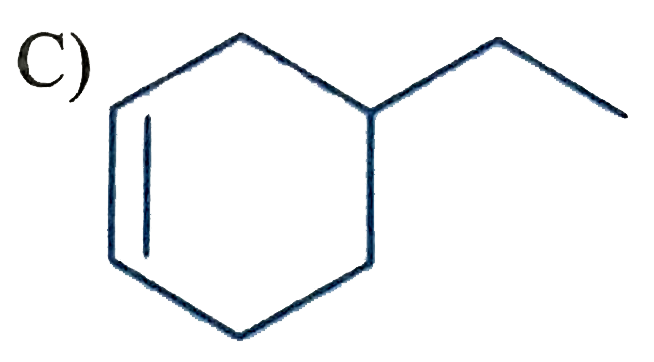 D
D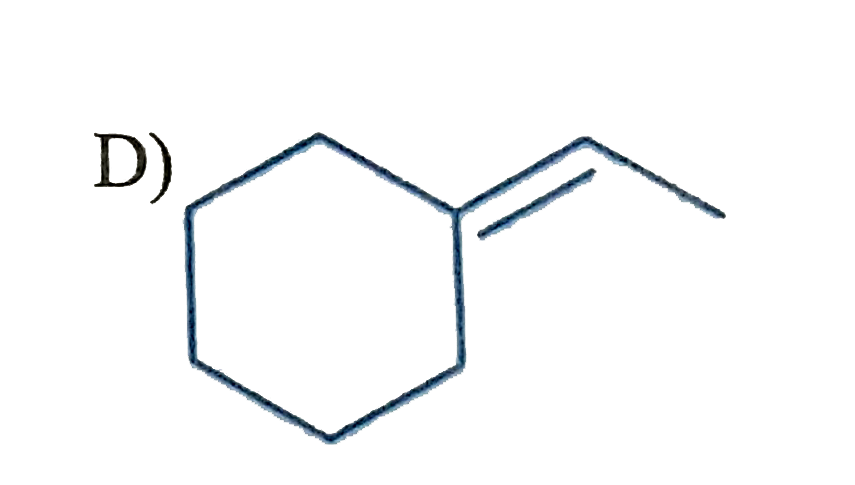
Hydrogenation of alkenes and alkynes takes place in presence of certain catalysts. In sabatier-Senderen's reaction, the addition of hydrongen taken place in presence of nickel catalyst. Controlled hydrogenation of alkyne in presence of Lindlar's catalyst gives cis-alkene. Non terminal alkynes are reduced by Na or Li metal dissolved in liquid NH3. In this reaction trans alkenes are formed.
Q. The product of the following reaction is
 A
A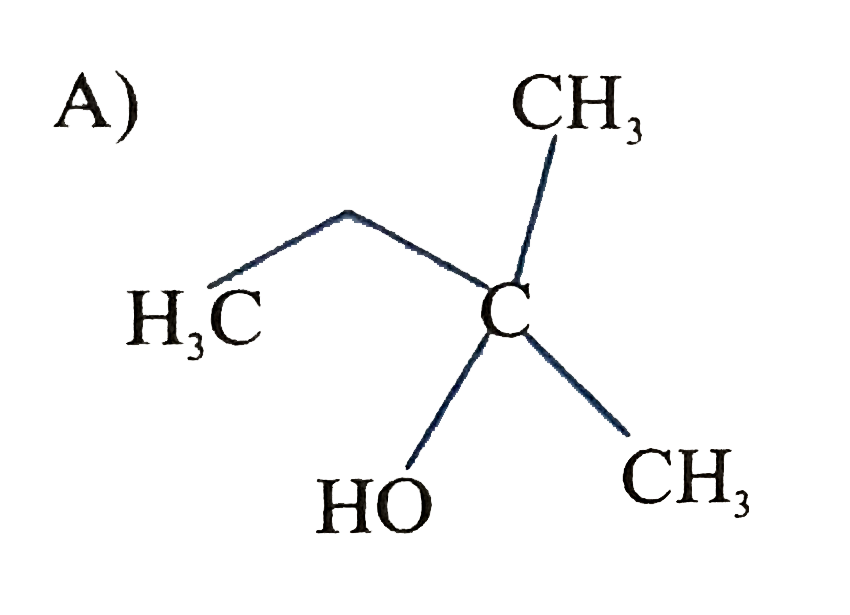 B
B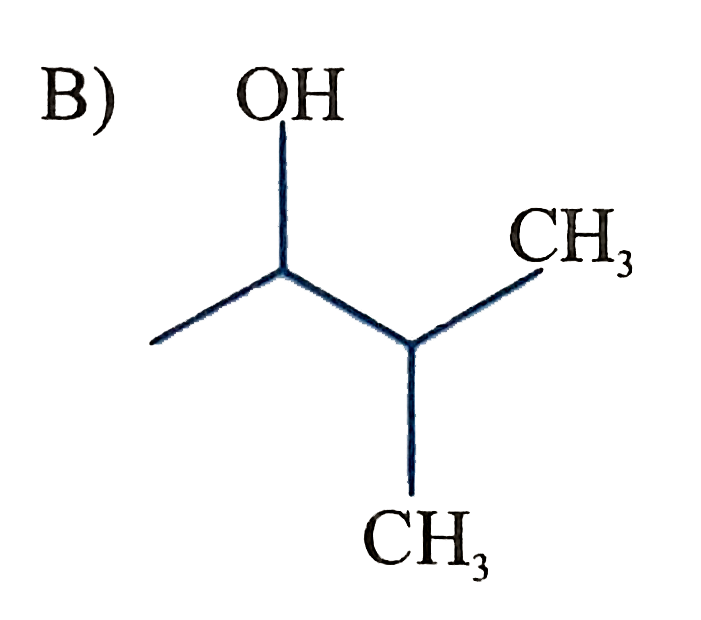 C
C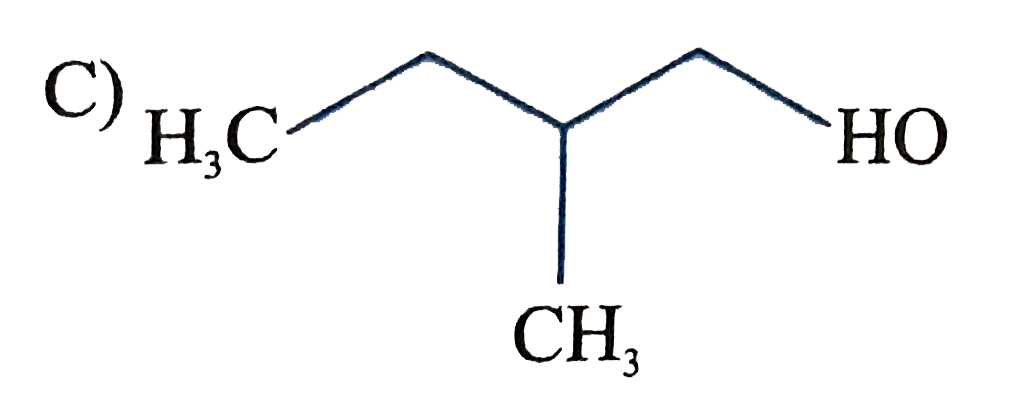 D
D
Hydrogenation of alkenes and alkynes takes place in presence of certain catalysts. In Sabatier Senderen's reaction, the addition of hydrogen takes place I presence of Raney nickel catalyst. Platininm and palladium can also be used as catalyst and used in finley divided state. Experimentally, it is observed that less crowded alkenes adsorb H2 with faster rate. Controlled hydrogenation of alkyne H2 with faster rate. Controlled hydrogenation of alkyne in presence of Lindlar's catalyst yields cis product i.e., 'cis' alkene. Thus, in presence of Lindlar's catalyst 'syn' addition takes place. The relative rate of hydrogenation follows the order:

Non-terminal alkynes are reduced in presence of Na or Li metal dissolved in liquid ammonia. In this reaction, anti-addition of hydrogen results into the trans-product.
Answer the following questions:
The relative rate of catalytic hydrogenation of following alkenes is:

View SolutionHydrogenation of alkenes and alkynes takes place in presence of certain catalysts. In Sabatier Senderen's reaction, the addition of hydrogen takes place I presence of Raney nickel catalyst. Platininm and palladium can also be used as catalyst and used in finley divided state. Experimentally, it is observed that less crowded alkenes adsorb H2 with faster rate. Controlled hydrogenation of alkyne H2 with faster rate. Controlled hydrogenation of alkyne in presence of Lindlar's catalyst yields cis product i.e., 'cis' alkene. Thus, in presence of Lindlar's catalyst 'syn' addition takes place. The relative rate of hydrogenation follows the order:

Non-terminal alkynes are reduced in presence of Na or Li metal dissolved in liquid ammonia. In this reaction, anti-addition of hydrogen results into the trans-product.
In which of the following cases, the reaction is most exothermic?
View SolutionHydrogenation of alkenes and alkynes takes place in presence of certain catalysts. In Sabatier Senderen's reaction, the addition of hydrogen takes place I presence of Raney nickel catalyst. Platininm and palladium can also be used as catalyst and used in finley divided state. Experimentally, it is observed that less crowded alkenes adsorb H2 with faster rate. Controlled hydrogenation of alkyne H2 with faster rate. Controlled hydrogenation of alkyne in presence of Lindlar's catalyst yields cis product i.e., 'cis' alkene. Thus, in presence of Lindlar's catalyst 'syn' addition takes place. The relative rate of hydrogenation follows the order:

Non-terminal alkynes are reduced in presence of Na or Li metal dissolved in liquid ammonia. In this reaction, anti-addition of hydrogen results into the trans-product.
H3C−C≡C−CH3+H2Pd/CaCO3−−−−−−−−−→Boiling Quinoline(A)
The product (A) will be:
View SolutionHydrogenation of alkenes and alkynes takes place in presence of certain catalysts. In Sabatier Senderen's reaction, the addition of hydrogen takes place I presence of Raney nickel catalyst. Platininm and palladium can also be used as catalyst and used in finley divided state. Experimentally, it is observed that less crowded alkenes adsorb H2 with faster rate. Controlled hydrogenation of alkyne H2 with faster rate. Controlled hydrognetation of alkyne in presence of Lindlar's catalyst yields cis product i.e., 'cis' alkene. Thus, in presence of Lindlar's catalyst 'syn' addition takes place. The relative rate of hydrogenation follows the order:

Non-terminal alkynes are reduced in presence of Na or Li metal dissolved in liquid ammonia. In this reaction, anti-addition of hydrogen results into the trans-product.
Powdered nickel is more effective than grannular nickel because:
View SolutionHydrogenation of alkenes and alkynes takes place in presence of certain catalysts. In Sabatier Senderen's reaction, the addition of hydrogen takes place I presence of Raney nickel catalyst. Platininm and palladium can also be used as catalyst and used in finley divided state. Experimentally, it is observed that less crowded alkenes adsorb H2 with faster rate. Controlled hydrogenation of alkyne H2 with faster rate. Controlled hydrogenation of alkyne in presence of Lindlar's catalyst yields cis product i.e., 'cis' alkene. Thus, in presence of Lindlar's catalyst 'syn' addition takes place. The relative rate of hydrogenation follows the order:

Non-terminal alkynes are reduced in presence of Na or Li metal dissolved in liquid ammonia. In this reaction, anti-addition of hydrogen results into the trans-product.
Answer the following questions:
The relative rate of catalytic hydrogenation of following alkenes is:

View Solution
